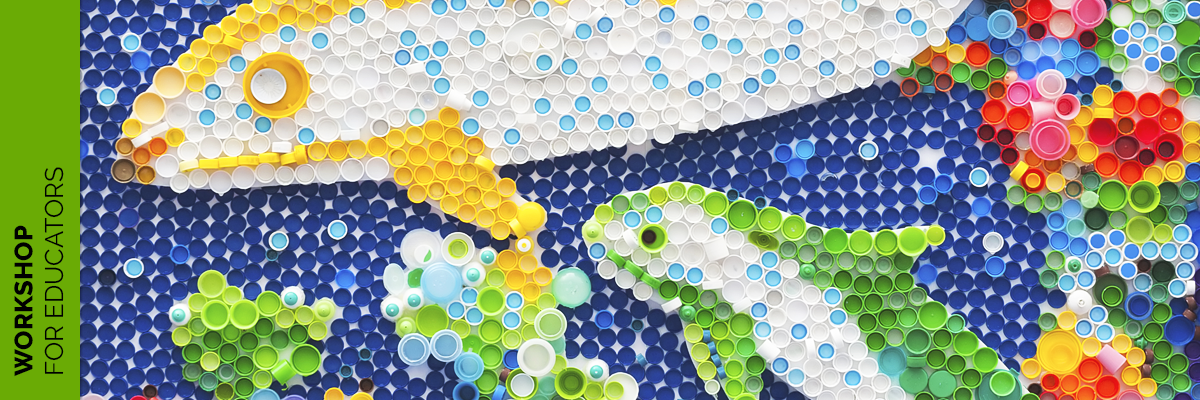Casting from Environments: Art as Knowledge
25jul10:00 am4:00 pmCasting from Environments: Art as KnowledgeEducator Workshop

Time
25th July 2021 10:00 am - 4:00 pm(GMT+10:00)
Location
TAFE QLD Southbank Campus
66 Ernest Street, South Brisbane, QLD, 4101
Event Details
This workshop connects with the Queensland Senior Visual Arts Curriculum Unit: Art as Knowledge. Educators will gain first hand experience in creating work to respond to a stimulus –
Event Details
Error: There are unclosed HTML tags in the event details. Please fix the content in the editor.
Additional Information
Facilitator
Simone Eisler
Simone Eisler’s cross-disciplinary practice explores the relationship between the human body and nature, particularly the concepts of physical transformation, species evolution and biodiversity. She pushes this scientific investigation further into the realm of both mythology and futurist thinking, with a focus on interrogating presentation methodologies.
Eisler’s practice consists of installation, photography or sculpture. Within each of these areas she introduces materials from the animal world. In particular, her imaginary sculptural forms rework the materials in different ways either by re-skinning, casting or fracturing and reconfiguring elements. During the last three years she has been working extensively with plaster bandage as a means of casting forms, which she later embellishes with a variety of materials.
She runs numerous workshops for educators, artists and schools with a focus on mixed media, environmental art and sculptural form.
